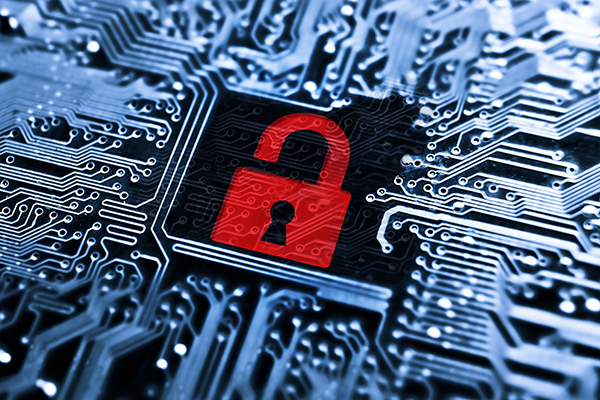
Cyberbullying
With the rise of technology in everyday life, also negative developments go hand in hand. Cyberbullying describes the insulting, threatening, exposition or harassment of other people over a longer period of time via the internet. It often targets the body and behaviour of a person, but it can also focus on the look, clothes, religion, nationality or sexuality.
In many cases, cyberbullying is the continuation of real-world mobbing in social networks. It is characterized by the use of modern communication technologies with smartphones becoming more and more important as a medium for these criminal activities.
There are different ways for cyberbullying to be carried out. Insults can be sent through e-mail or instant messaging services. They can also be posted in chats, forums or on social network walls. In addition to text-based cyberbullying, it also includes the online distribution of pictures or movies. These pictures or movies are often modified in a way that they are insulting or expose a victim.
In many cases, cyberbullying is the continuation of real-world mobbing in social networks. It is characterized by the use of modern communication technologies with smartphones becoming more and more important as a medium for these criminal activities.
There are different ways for cyberbullying to be carried out. Insults can be sent through e-mail or instant messaging services. They can also be posted in chats, forums or on social network walls. In addition to text-based cyberbullying, it also includes the online distribution of pictures or movies. These pictures or movies are often modified in a way that they are insulting or expose a victim.
Digital Literacy: Activities in the online world are often seen as being 'detached' from the real world and as being an extra-legal space. However, young people need to be aware of the consequences of posting insulting texts and pictures on the internet.
Legal Framework: In some countries, cyberbullying is already prosecutable, whereas in others it is not. Due to the different forms, it is hard to actually define it. This is necessary though to make laws that are enforceable.
Norms And Diversity: Cyberbullying usually targets people who are not fitting 100% in a particular norm, beauty ideal or fashion standard. It is therefore necessary to unmask the role of old and new media in producing such norms and standards.
Cyberbullying, Mobbing, Social media crime, Online vs. real world, Social networks, Digital literacy, Internet legislation, Norms, Standards
Related Topics

Big Data
Big Data is exactly what the name suggests. Big data can tell you all kinds of different things, such as what we are doing when, what type of cloth...
READ MORE

Cybersecurity
The cyberspace and its infrastructure are vulnerable. The risks can be physical threats, cyber threats and hazards. Cyber criminals exploit the vul...
READ MORE

Internet
The Internet is a global network that connects multiple devices (including computers, mobile phones, game consoles, tablets etc.) and forms a virtu...
READ MORE

Online Life
The internet and smartphones have infiltrated and changed our life enormously. We can use the internet at home, at work or mobile on our devices. T...
READ MORE

Social Media
Social media (or social networks) are tools that enable online communication of people or companies through various channels (virtual communities o...
READ MORE




